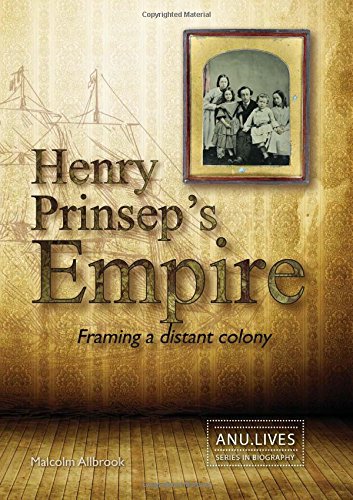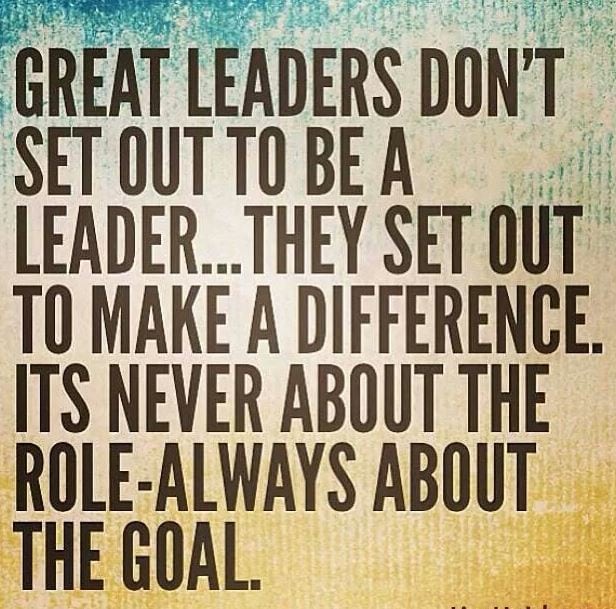
Australia’s 50 Years of Housing Policy Failure
July 3, 2016
Henry Prinsep’s Empire: framing a distant colony
July 7, 2016Someone recently asked me, what inspired my interest in blues music*. I could have said all kinds of things about how the blues are foundational to so much contemporary music, or how I purchased the ‘Beano‘ John Mayall and Bluesbreakers album when 78 Records was upstairs in the long gone Padbury Buildings in Forrest Place, Perth. Both of which are true, but it goes back earlier than that, to when I was only 14 years old; I heard a lecture by Hans Rookmaaker in Hampshire**, England (1971). There were probably only ten or a dozen people in the room, sitting around in armchairs, and Rookmaaker was speaking about American blues music. Rookmaaker also played tape recordings of parts of songs while he spoke; which seemed quite novel.
At the time, I thought a lecture on music would bore me to death. Instead, I was captivated.
“Hans” Rookmaaker was born in The Hague in 1922. His father was a colonial administrator in the Dutch Indies (now Indonesia) rising in the ranks to become Resident (regional governor). Hans lived with his family abroad until he return to the Netherlands in 1936; he later enrolled at the Royal Netherlands Naval College with the intention of a naval career.
Around that time Hans developed a keen interest in African-American spirituals and jazz and he started to build to what became an impressive collection of recordings. Nonetheless, Rookmaaker’s life was to radically change with the Nazi invasion of Holland during World War II.
After the Germans closed the Naval College, Hans attended University until he was arrested in 1941 for possession of “seditious” anti-Nazi literature. He spent nine months in Scheveningen Prison, and five months after his release he became a prisoner of war due to still being a member of the Dutch navy. It was during his years as a POW in Nuremburg that he began studying the Bible, even writing a brief paper on the relation between the Old and New Testaments.
A second important factor in Rookmaaker’s early life was his transfer to Stanislau prison camp in present day Ukraine, which was a virtual university. Besides having access to a wide range of books on philosophy and history, and being tutored in Latin and Greek, Hans was introduced to J. P. A Mekkes. Twenty-five years his senior, Mekkes held deep Reformed convictions and had worked on a doctorate in philosophical law while he was an officer in the Dutch army. Mekkes loaned Rookmaaker his copy of Herman Dooyeweerd’s “A New Critique of Theoretical Thought” which Rookmaaker devoured. Mekkes mentored Rookmaaker and encouraged him to apply the thought of Abraham Kuyper and Dooyeweerd to his interest in culture.
Rookmaaker returned to Holland in 1945. He wanted to study music history (including African-American music) but could not pursue this because he could not play any musical instruments or even carry a tune (both were required). So, he took up studies in art history at the University of Amsterdam.
In 1947 Hans became engaged to Anky Huitker who he had met before the war in The Hague. Anky moved to Amsterdam and gained employment with administration of the founding assembly of the International Council of Christian Churches (a conservative alternative to the World Council of Churches). It was during a visit to Anky’s office that Hans met an American delegate to the Council who he hoped might be able to answer some his questions about jazz and blues music. Reverend Francis Schaeffer *** said he could spare a half an hour; they ended up talking until four in the morning!
This meeting between Schaeffer and Rookmaaker was to have a profound impact on the history of the modern evangelicalism around the world.
Hans and Francis did not end up talking about American music. Instead, Schaeffer probed Rookmaaker on the meaning of modern art, and together they considered the impact that post-Christian ideas and values had on European art and culture. Schaeffer already had an interest in culture and had begun visiting art museums after arriving in Europe. Rookmaaker might have been the first Christian Schaeffer ever met who had seriously studied contemporary art and had the philosophical skills to analyze and critique the arts from a biblical perspective. It turned out they both had a strong common interest in the relationship between art and Christianity and they became lifelong friends and colleagues.
Rookmaaker had a profound influence on the subsequent career of Schaeffer, in that he helped Schaeffer to see the impact that the loss of faith had on contemporary European art and music. Dooyeweerd had just published a series of newspaper articles (later published as The Roots of Western Culture) that demonstrated how philosophy had impacted upon contemporary culture. Rookmaaker most probably had this in mind when he discussed art and culture with Schaeffer. Rookmaaker later encouraged Schaeffer to publish his unique ideas and insights. Beginning in 1968, Schaeffer published a series of best-selling books on cultural criticism, applied theology, and biblical exegesis.
Together, they were a formidable team who pushed the then insular evangelical church in Europe and North America out of its shell and into cultural awareness and engagement. For the first time in centuries, Christians were being encouraged to be involved in the arts, science, and politics. They also taught Christians how to confront the post-Christian society with its philosophical inconsistencies and offer an alternative vision of hope.
Hans Rookmaaker enjoyed his career as a scholar and a professor; completing his dissertation “Gauguin and Nineteenth-Century Art Theory” (later published as Synthesist Art Theories) in 1959. His choice of a “modern” subject was unusual for the time; but as Laurel Gasque notes (in her brief biography on Rookmaaker) he “was convinced by everything he had experienced so far in his life that the crisis of the modern condition, which had reaped chaos and devastation for most of the twentieth century, could be understood through modern art, which presented a way of disclosing what was at stake in assuming the validity of modernity’s presuppositions.”
Rookmaaker saw the history of art as a direct reflection of the history of philosophy and religion. This seemed quite novel in a critical context that seemed to view art as sequence of stylistic developments. He used to say “A work of art is obvious.” To him, the obviousness was a work’s philosophic co-ordinates.
Maybe, this chance interaction with Rookmaaker is also among the roots of my thinking regarding political engagement and the social justice implications of the Christian Gospel.
* like Rookmaaker, I now have an extensive collection of blues music and a reasonably broad knowledge of the history and development of the genre. I have spent over a decade presenting specialist blues programmes on community radio.
* * I first spent a week at the English Labri ( in Greatham, near Liss in Hampshire) early in 1971 with my parents; it was headed up by Ranald and Sue Macauley. We also travelled to the Swiss Labri in Huemoz. I returned to the English Labri for three weeks later in the same year; it was during this time there that Rookmaaker visited, as did a young Franky Schaeffer.
*** Francis Schaeffer’s writings had an influence on my Father; hence my Dad’s interest in travelling to Labri to study. The involvement of Schaeffer in what eventually became the American ‘religious right’ came much later.



